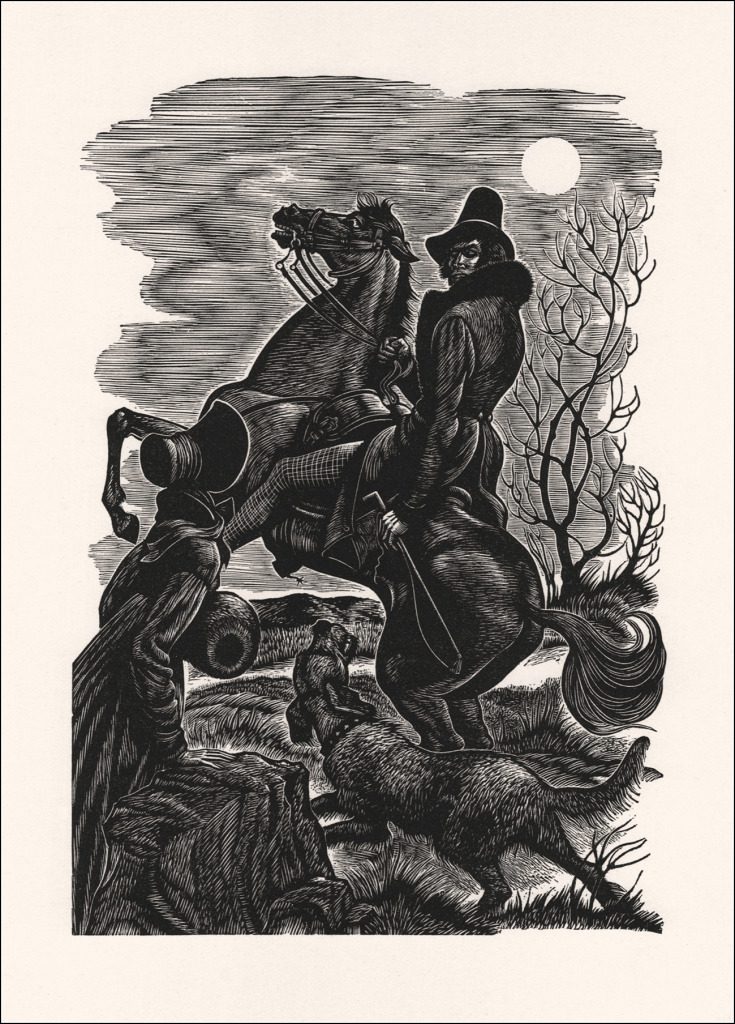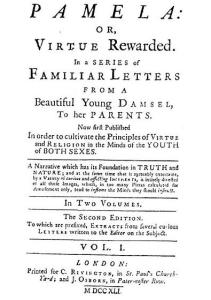We need to talk. Because there’s a lot happening this week. A lot.
First, it’s Sexual and Reproductive Health Week.
What’s that, you ask? Well, Action Canada for Sexual Health & Rights organizes an annual campaign to get people talking about healthy sexuality. Organizations like the Sexual Health Centre are raising awareness on social media under the tag #heartyourparts.
(I know, I know. I’m going to talk about Fifty Shades of Grey in a minute.)
Sexual health, though, is about more than sex and what you do with your parts.
As a society, we have few conversations about condoms and pregnancy—and we have fewer conversations about healthy relationships. Sure, we sometimes talk about how to “get” someone. But we don’t often educate people on how to have healthy, fulfilling relationships.
Culture reflects what we think about relationships, but it also tells us how to have relationships. It’s an ongoing dialogue, with one influencing the other—a circle in which we depict relationships a certain way, then use those depictions to inform how we treat ourselves and partners.
Finally, I’m ready to talk about Fifty Shades. Everyone is talking about it, so let’s get it at.
If you haven’t heard about Fifty Shades, it’s a trilogy of novels by E.L. James that have made erotica mainstream. This Valentine’s Day, a movie version of the first book is hitting theatres (see the official trailer here and the Lego trailer here.)
Fifty Shades is a cultural phenomenon, complete with merchandise like teddy bears. nail polish, and laundry detergent.
It features sex. A lot of sex. A lot of sex with whips and other paraphernalia. In fact, it’s one author’s attempt to describe her thoughts about dominant/submissive relationships. Critics have suggested that Fifty Shades does not present an accurate portrayal of this type of relationship, though. (For a detailed analysis, read “Consent Isn’t Enough: The Troubling Sex of Fifty Shades“.)
Another criticism is coming from those who work with survivors of domestic abuse. There has even been a study suggesting a link between reading the novel and being in an unhealthy relationship.
The thing is, Fifty Shades details a particular kind of relationship that has been a staple of romances for a long time. Romances tend to follow a pattern. There are exceptions, of course. There are always are. But patterns emerge from romances published in the Western World, or their cinematic counterparts created in Hollywood.
For one, these stories almost always feature the same characters: a man and woman, usually of European descent, often Protestant, and often those who adhere to middle class ideals, even if their income status differs (typically, it is the woman who has less money).
Two, romances are usually read or watched by women. Not always. This is a generalization. But Harlequins and their ilk are marketed to women, as you can tell from the “For Women Who Love to Read” phrase that accompanies a search for Harlequin on Google.

Finally, romances tend to rely on a myth that has been around since romances became popular in the mid 1700s: women can change men. And there is no man too dark or abusive to change.
Remember Jane Eyre? This Victorian staple features an impoverished young woman who falls under the spell of a wealthy man who is surly and demanding. He buys her lavish things, including fancy clothes. And he cannot seem to escape his wife, who is the original “mad woman in the attic” when she is not sneaking around, watching the new lover sleep, then disappearing into thin air.
Similarly, Fifty Shades features a young woman who is book smart and occasionally speaks her own mind, but is dominated by a man who is wealthy, demanding, and scarred by the past. (And yes, she too wakes up in the middle of the night, wondering if someone is in her room watching her sleep.)
Finally, the young, virginal woman manages to change her man from abusive to loving.
This truly is the great harm of any narrative that details an abusive relationship. It is not that a woman dates a man who treats his partner poorly; that is not the issue. It is that with patience and gentle loving, with understanding and concessions, he eventually comes around and they live happily ever after. She does not end up in a transition house, or in poverty because of a divorce.
In fact, one of the very first romance novels detailed this very myth: Pamela; or, virtue rewarded, a 1740 tome in which a poor young woman fends off her would-be rapist until he decides to marry her. This is acceptable to her, because she is “rewarded” by having changed Mr. B into a devoted husband who lifts her out of poverty with his wealth. (Sound familiar?)
And then, as if it wasn’t enough to market these narratives to adult women, we place them in Disney movies that are consumed by toddlers repeatedly, such as Beauty and the Beast. At least the latest offering, Frozen, shows a villain for what he is.
Ultimately, the real issue is not whether Fifty Shades contains explicit sex; it is that it promotes a certain type of relationship that is over-represented in our culture.
I’m not here to judge. That’s not my job. My job is to help people make choices for themselves by providing them with information related to healthy sexuality.
What we should be doing is opening up the conversation about whether books and movies represent what we want in our relationships. They reflect our lives, and tell us how to live our lives, so what are they saying?
Is it right to watch a movie that shows a relationship with hallmarks of abuse? Or is okay, because it features a lot of positive messages about consent and condom use? And is it acceptable because he eventually comes around? And that he was abused as a child and is also a victim?
If you do read or watch Fifty Shades, reflect on what these stories are saying about relationships. What cultural norms are they upholding? Is the story reflecting a relationship you’d like to experience? What values do you have that make you feel this way? Do you feel comforted by the story because it’s a narrative you know so well?
Sometimes, things come along that start conversations we need to have. For better or worse, Fifty Shades is one such conversation starter. In fact, the dialogue has already started online. Just do a Google search.
Instead of debating whether we should read about sex with whips, we need to discuss whether we are seeing relationships that are healthy, fulfilling, and rewarding for those involved.
If you’d like to read more about positive partnerships, check out Action Canada’s site on Sexual and Reproductive Health Week. Or read through this checklist for healthy relationships to see if you have the right skills to flourish with a partner.


Thank you! I am getting so very tired of articles that criticize people who read the books, intend to watch the movie or are in healthy bdsm relationships (which go two ways). The general problem with this story line is the same problem culturally: the belief that men need saving and women need to suffer in order to get the good life.